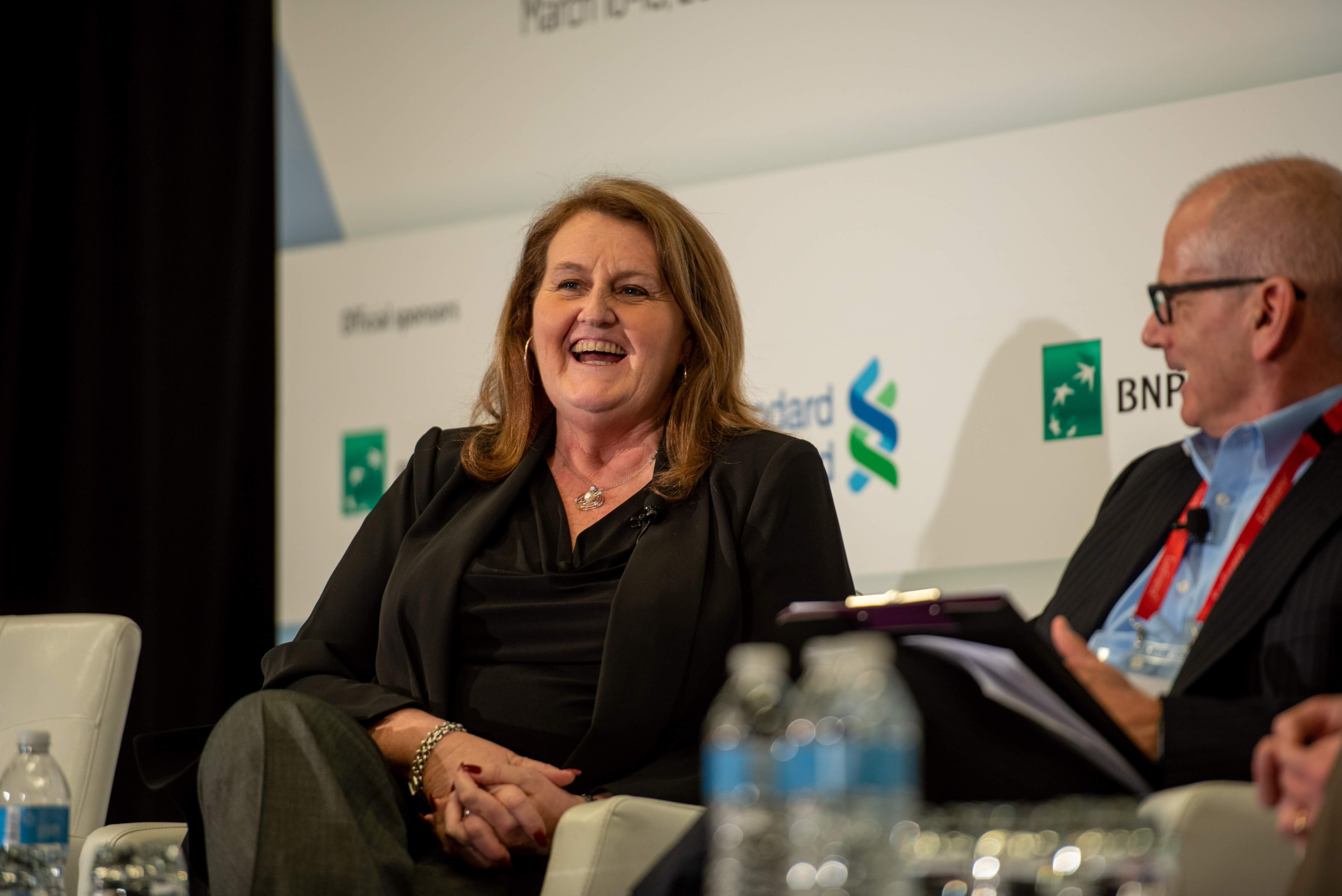Treasury’s new parameters of risk

Risk management has always sat at the heart of treasury, but today’s treasury teams tackle much more than core financial risk. What are the newer risks and why should treasury seek to control them?
Even in the biggest multinationals, treasury departments tend to be lean and mean with only a handful of financial professionals in the team. Which was fine back in the days when treasury’s focus was largely limited to cash and liquidity management, less so at a time when non-traditional risks such as cyber liability are becoming firmly established on treasury’s agenda.

“We all know what risk means with respect to interest rates, commodities and foreign exchange, fewer of us really consider the overall business structure, the things that our company is getting involved with or changes to the business model,” suggests Cathy Fields, assistant treasurer and director of global risk management at Hitachi Vantara.
“Each bring inherent risk with them and treasury is in a unique position to identify – and potentially quantify – those types of risk.”
Hitachi Vantara, formerly Hitachi Data Systems, was created in September 2017 as a new digital transformation company combining a range of established information technology and operational technology (IT/OT) businesses across the Hitachi Group.
Its treasury team is limited to four US-based individuals and one in Europe, the Middle East and Africa (EMEA), who handle all aspects of treasury, banking, cash management and also insurance.
The latter task requires knowing all about the company’s operations and which of them are insurable, says Fields. “We partner closely with just about every facet of the organisation and on the insurance aspects we work together with the legal division . It’s a very collaborative effort – it has to be.
“We have a separate business continuity team who we also work with closely to understand and to quantify risk. We don’t have an enterprise-wide risk management division, but the BC team does a really good job – and it’s all of three people.”
Insurance and risk appetite
At global technology manufacturer Flex, risk and diversity are interlinked, says senior vice president and treasurer Christian Bauwens, who is also its head of global business services (GBS) finance and manages the company’s shared services centre as part of his responsibilities.

Formed 50 years ago to revolutionise the production of electronic products for original equipment manufacturers (OEMs), Flex is a pioneer of outsourced manufacturing, with annual sales of US$25 billion and 2018 adjusted net income of US$585 million.
“We’re a global supply chain and services company, manufacturing products for around 1,000 customers around the world and in industries that span healthcare, autos, industrials, telecoms and networking – you name it, there’s scarcely a sector in which we don’t operate,” says Bauwens.
“That diversity means treasury has many different types of risk to manage, both directly and indirectly. So, for example, credit risk is key as we deal with customers ranging from the few AAA-AA-rated companies down to start-ups.
“As a manufacturer of products for others, we consider issues such as how much E&O or product recall insurance we would need to have optimally. Because our industry is driven by low operating margins, typically around 3% – 5%, we must always be mindful of risk management, as we can’t absorb risks that could potentially turn this small margin into a negative number. This makes our focused treasury team critical in finding the right strategies and risk mitigation.
“Beyond financial there’s also operational risk. So my team is responsible for business continuity planning, coordinating efforts to keep our operations running after natural disasters like floods, earthquake or fire and any others you can think of.
“Treasury may not determine how we move production from one plant to another, but we are responsible for ensuring that there is a plan though and we coordinate with multiple staffs and multiple functions to make sure that plan is achievable.”

At Flex, says Bauwens, risk appetite is increasingly assessed using metrics, as for example “a risk-adjusted return on invested capital (ROIC) model that allocates capital in function of the risk undertaken and expected return base on that risk, which encompasses credit and other aspects such as legal, industry and country risk.”
Both treasury teams have also amassed considerable information about their respective businesses and the way their company operates.
“We ask a lot of questions – and we tend to be a little assertive, but constructively so,” says Fields. “People usually like to talk about themselves. Communicate a real desire to learn what your internal counterparties are doing and they’re very willing to share. And that’s the easiest way to really understand what’s going on within your organisation.